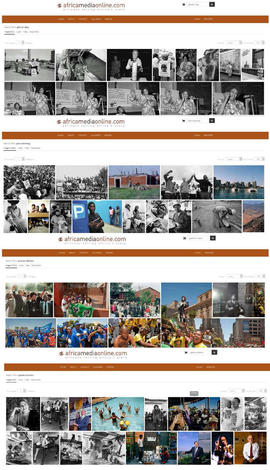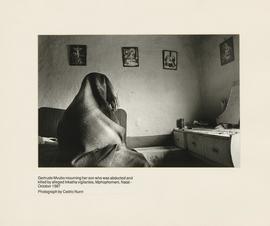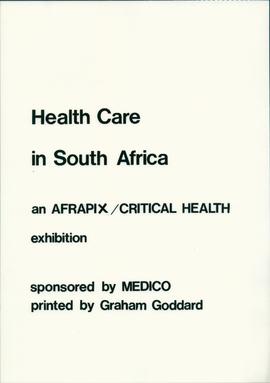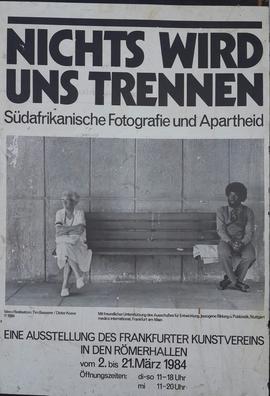Mayibuye archives, University of the Western Cape
- ZA AFRAPIX AP3-AP3.7
- Series
The Mayibuye Archive was established in 1992, with many activists and organisations donating their collections, amongst them the IDAF collection, which contains a number of Afrapix images.
"The initial core collection is constituted of the material collected by the International Defence and Aid Fund (IDAF) which was banned in 1966 and continued its work in London until 1991. After the unbanning of organizations in 1990 and IDAF’s closure, the IDAF collection was relocated to South Africa to form the nucleus of the archives of the pioneering Mayibuye Centre for History and Culture in South Africa, based at the University of the Western Cape."
Source: website of the Mayibuye Archive







